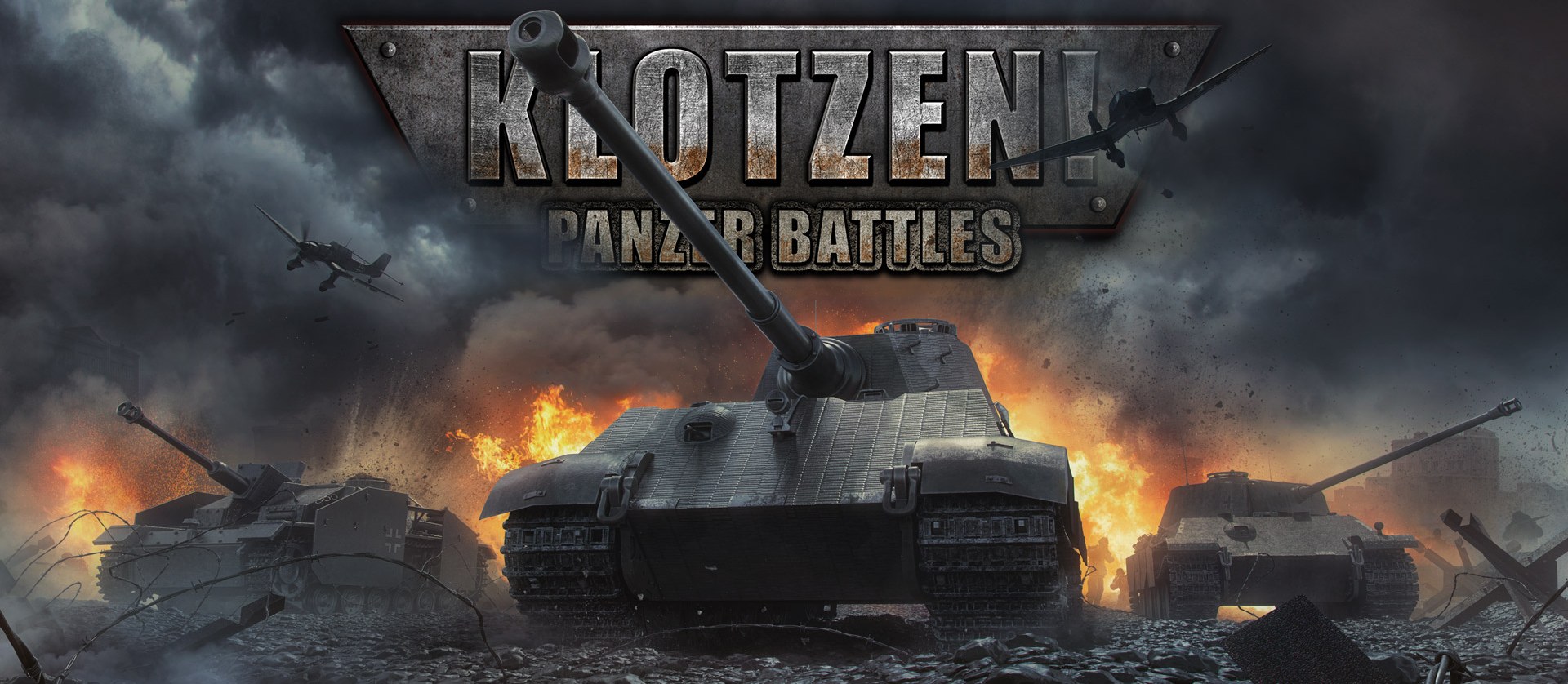Welcome to the start of our History Blog. With these series, we aim to provide you with the general and detailed information on WW II as well as take a look at each major participant of the war. We will try to highlight the events we think have shaped the conflict as we know it. We will cover the key historical events and a certain subjective understanding that our game is based on.
In our first blog in the series, we take a look at how the warfare has changed since WW I and throughout WW II, as well as a brief outcome of the WW II.
New Military Strategies
The military doctrine and technologies of World War II were shaped heavily by the events of World War I. Those who won (the UK and France) continued to develop similar technologies to those that enabled their victory; while the defeated (Germany and the Soviet Union) were forced to change strategies and evolve new technologies. They knew firsthand how detrimental static warfare could be. The new military doctrine had to be fast, mobile and explosive. They needed to rapidly break through fortified positions and besiege armies. The shift led to the development of the Blitzkrieg concept and corresponding military technology.
Tanks
Both tanks and tank hunters greatly evolved during WW II into the massive, heavy and complicated tanks used in the later stages of the war. Early tanks were fast, poorly armed machines and their role was that of a replacement for cavalry. In contrast, tanks at the height of WW II were designed to penetrate armored positions and besiege enemy units. The emergence of massive tank armies made tanks heavier, slower and better shielded because they were designed to fight other armor.
Aviation
Improvements in aviation followed the development of armored land vehicles. Although Germany was prohibited from training military pilots, they skillfully deceived the West by organizing thousands of small “sport” leagues for training pilots. Sports pilots, capable of managing civil and sports planes, could easily become military pilots. The German aviation techniques were designed to support the Blitzkrieg doctrine with aviation supporting the army. They designed the famous “dive” bombers, while the British bombers were used to achieve dominance from high altitudes.
Navy
Because of limitations in the Treaty of Versailles, the German Navy could not measure up to the British who had by far the largest naval fleet at the time. However, a special maritime contract with Britain in 1935 allowed Germany to build as many submarines as the British. After the contract was signed, the design and manufacture of the submarines accelerated, and they soon played a central part of the war. Submarines eventually became 33% of Germany’s fleet. While German ships could not pass the naval blockade of the North Sea, their submarines sowed fear across the Atlantic and Mediterranean sea.
The outcome of the War
As a result of Germany’s cunning war strategy and enhanced technology, the war became characterized as one where a smaller army won many battles against a much larger one. Some similar examples can be found in earlier history, but never to the same extent. Germany’s Blitzkrieg doctrine combined the efforts of the Air Force, Army and Armoured Forces. Under the doctrine, these forces worked together to bypass the enemy’s defense. Owing to the Blitzkrieg doctrine, many spectacular victories were achieved, particularly in France and in the USSR. This is why the outcome of the war was uncertain until the middle of 1943, after which it is difficult to imagine how Germany could win.
Germany`s major weaknesses were: lack of natural resources, a geography which is not easily defended, and – perhaps most crucially – systems that were not ready to endure a long war. In 1939, Germany was the only country industrially and politically ready for a war, leading to many triumphs in the early years of the war. As time went on though, other nations adapted to the state of war and Germany’s advantage began to disappear. Germany had the best chances of winning during the first few years; as the war went on these chances diminished.
Germany planned to change the outcome of the war by invading the UK in 1940 or 1941. By defeating Britain, the Western Front would cease to be a threat. Under those circumstances, the USA probably would have never entered the war. This would likely have also delayed a full attack on the USSR for a year or two and ultimately allowed German forces to concentrate solely on the USSR.
Victory in the East was nearly certain. By the fall of 1941, the German army had penetrated deep into the Soviet Union, near Moscow and Leningrad. If Germany had managed to capture these two key cities, it is likely the morale of the Red Army would have been broken and Germany would have gained critical positions for controlling the whole area. With a few adjustments to some strategic decisions, it’s conceivable that Germany would have achieved victory. A victory in North Africa would have also been more likely if Germany had sent more people, equipment, and supplies. While this front was viewed as less critical, neglecting it cost Germany control of the Mediterranean Sea. With control of that area, Italy would have stayed in the war and Germany would have gained access to the rich oil resources of the Middle East.
This is it for our first History Blog, and we hope you liked it! If you have any suggestions or want to discuss the topic, you are more than welcome to do so in the comments below, on our forum, and on Steam Community Hub. In our next blog, we will take a closer look at Germany and Hitler before WW II.




Recent Comments